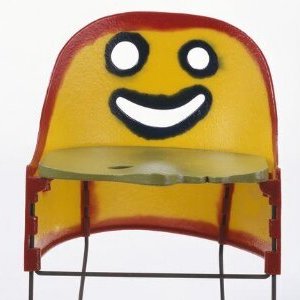Victoria and Albert Museum
The Victoria and Albert Museum highlights the global history of art, design, and creativity through the online display of over 1.2 million digitized objects. In addition to more traditional art objects like paintings, photography, and sculpture, the V&A illustrates other media, such as: glass, furniture, book arts, textiles, fashion, ceramics, book arts, jewelry, and theatre and performance. In addition, visitors can explore the vast collection thematically and topically, such as Gender and Sexuality, The Glastonbury Festival Archive, and Underwear. A unique feature of the V&A is the Rapid Response Collecting, a collection which highlights contemporary objects in response to major socio-historical events, like Pussy Hats from the January 2017 Women's March. Note that the V&A’s primary strength is in late nineteenth-to-mid-twentieth-century Euro American art and design. The online collection also includes sections on South Asia, China, Korea, and Japan, that shed light on the material culture beyond the Western world.
In addition to the main website’s illustrated catalogue of objects, the V&A’s Youtube channel is a rich resource filled with educational videos. For example, the series “How Was it Made?” demonstrates a variety of craft methods: Japanese hikihaku obi, medieval stained glass windows, and book printing and binding. Other strengths of the V&A video channel are individual permanent collection gallery tours and an exhibition archive.
The V&A’s free learning resources can be adapted for in-class activities, homeschooling, as well as self-guided museum trips. Geared towards ages 11-18, each module consists of pre-visit discussion activities, analysis prompts, and follow-up assignment ideas. These learning modules are applicable to both in-person and online “visits,” since the majority of objects in the collections is searchable online. For example, “Exploring Calligraphy in Islamic Art”, “Fashion & Textiles: State of Early Modern Undress” and 20th Century Design are just three from over a dozen modules that can be successfully completed in the classroom or at home.
